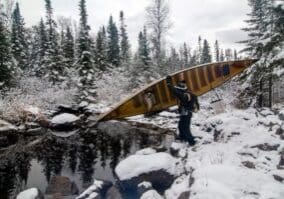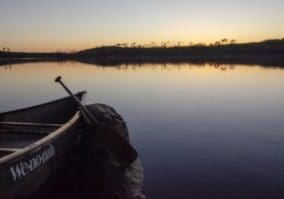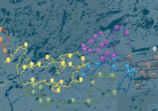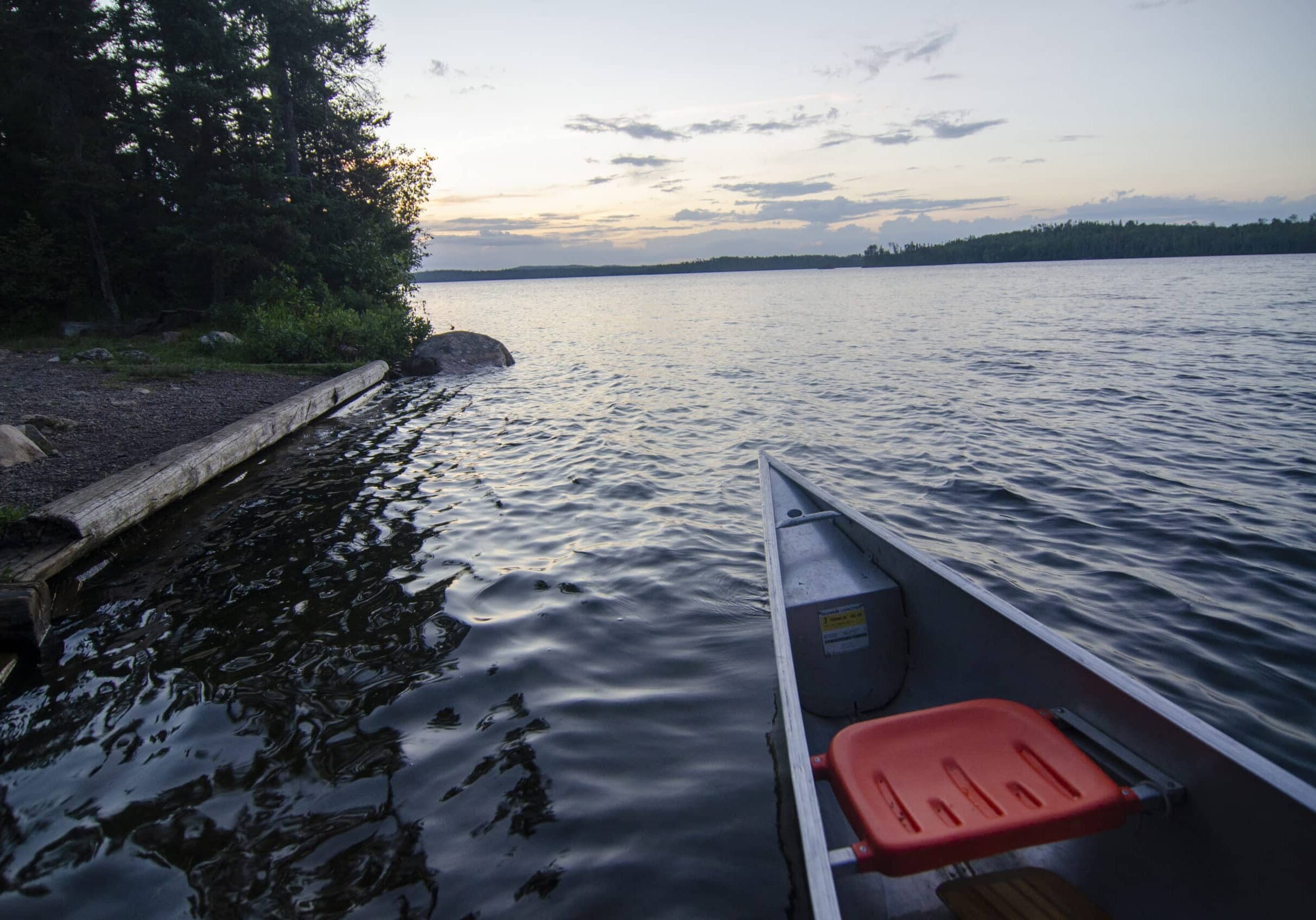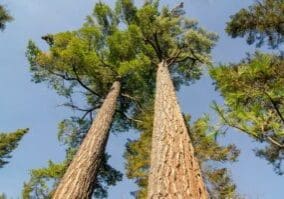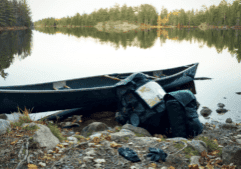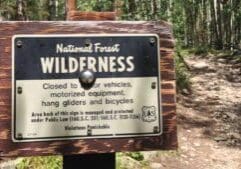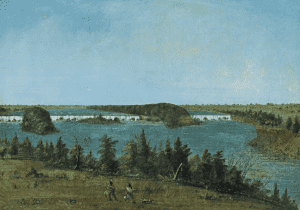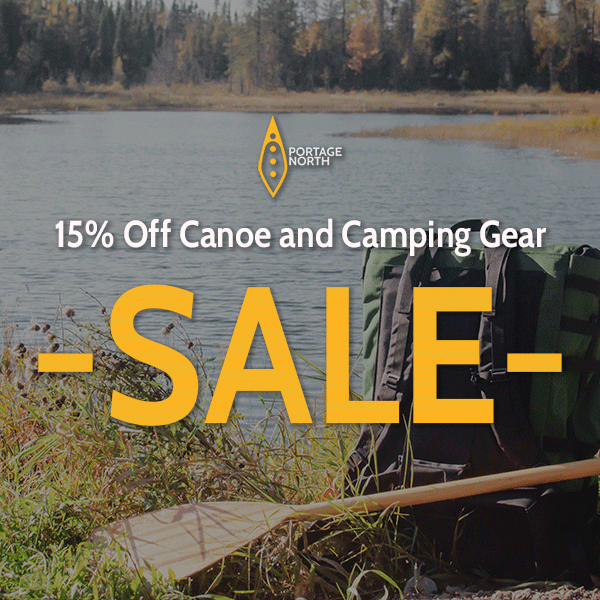Sign up for our newsletter to receive updates about new articles, great deals, and information about the activities you love and the gear that makes them possible:
Have You Read Our Other Content?
A Fire Perspective: 200 Years of Wildfires
Few natural processes inspire the fear and awe that wildfires do. In nature, fire is a seeming paradox of death and new life. Gigantic, swirling infernos that engulf the landscape in an unheeding wall of flame become landscape-level scars healed by green shoots and wildflowers. And here on the southern edge of the boreal forest,…
The Comprehensive Guide to Portaging Like a Pro
We all took our first portage somewhere. From those first tender rods on wobbly legs, we each struggled to carry all our gear from lake to lake. For many of us, this was also a time of questions: “Why did I bring so much gear?”, “Why is my canoe so heavy?”, “Am I in good…
10 Tips and Tricks for Nightime Canoe Travel
The vast majority of BWCA visitors paddle and hike during daylight hours and for good reason. It’s safer, there’s more to see, and daylight travel aligns with normal sleep cycles. Night travel, on the other hand, provides a higher risk of getting lost while paddling; it’s also easier to fall and get hurt while portaging.…
How to See the BWCA in One Trip
When it comes to planning trips, I can be a bit of a dreamer, and if you’re anything like me, you spend a great deal of time thinking about what could be possible. I may not have the days lined up or the permits pulled yet. I may not even know which friends will…
How Trees Tell the Story of the BWCA
Today is the International Day of Forests which means it’s the perfect day to celebrate the trees of the BWCA. The Boundary Waters are a unique mosaic of forests born out of wildfire, windstorms, logging, and the passage of time. Despite the history of disturbance, the Boundary Waters contain the largest tracts of old growth…
Finding Solitude in the BWCAW
Though the Boundary Waters is the most visited wilderness area in the United States, it’s refreshingly empty compared to most national or state parks and seldom feels crowded. For many, the occasional encounter with another group is no big deal. But all of us dream about wilderness solitude at some point in our outdoor career:…
Map Mondays – Week 2 – Kawishiwi Lake to Stuart River
As part of our continuing series on the “route planning game,” we are creating routes using randomly selected entry points, exit points, and number of days to create unique and fun BWCA routes. This week is a fast-moving 5-night trip from Kawishiwi Lake to Stuart River. It crosses some of the quietest stretches of the…
In the Context of Wilderness
Earlier this week, September 3rd, was the 59th anniversary of the 1964 Wilderness Act which established the BWCAW and 53 other areas as newly defined wilderness. The Boundary Waters Canoe Area Wilderness has since gone on to become one of the most well-known and widely-beloved wilderness areas in the country. In examining the BWCAW today,…
Footsteps of the Past – Tracing Minnesota’s Historic Portages
. In 1992, a report was concluded as portages of historical significance were surveyed in order to be included in a bid for the National Register of Historic Places. As part of this survey, archeologists looked for signs of the past and recorded the conditions of the trails and how time had changed them. The results were varied. Some trails had vanished completely or become so overgrown that they were nearly impossible to follow. In a few places in Minnesota though, there are still opportunities to trod in the tread of voyageurs and native peoples alike with a canoe on your shoulders and a sense of adventure in your heart. The spirit of the portage is still very much alive in the land of 10,000 lakes. Here are some of the most historic portages in the state.



